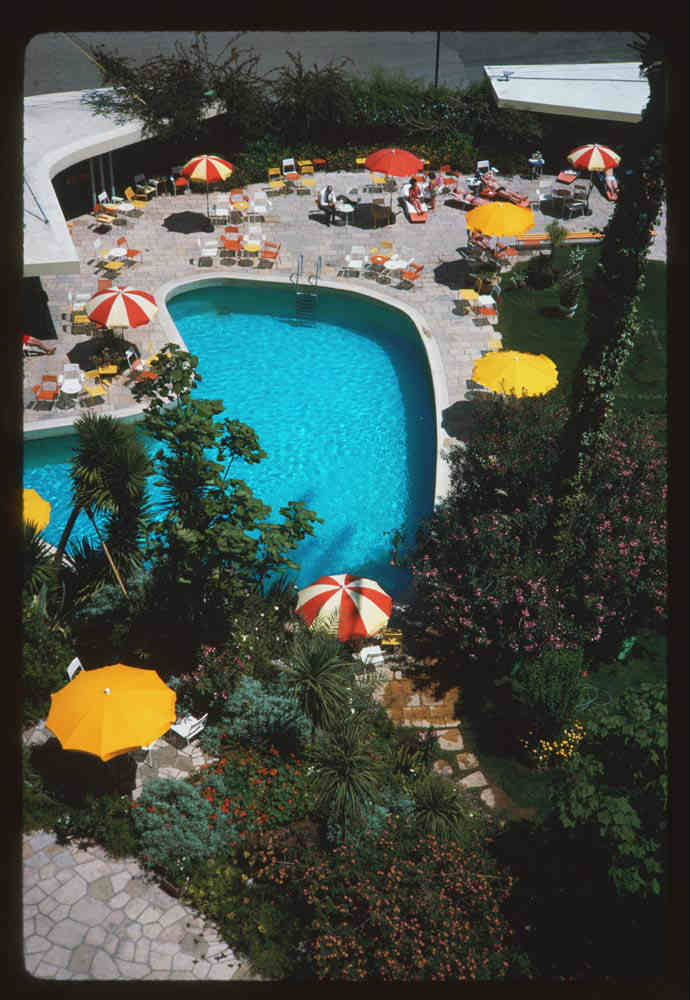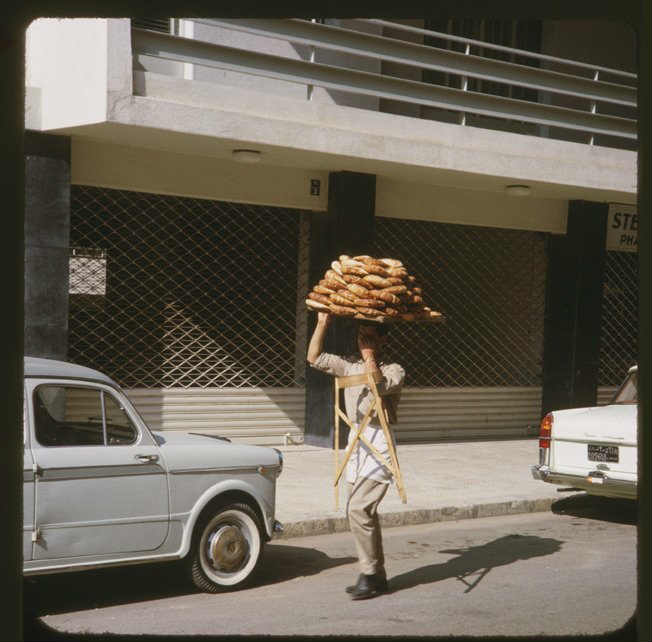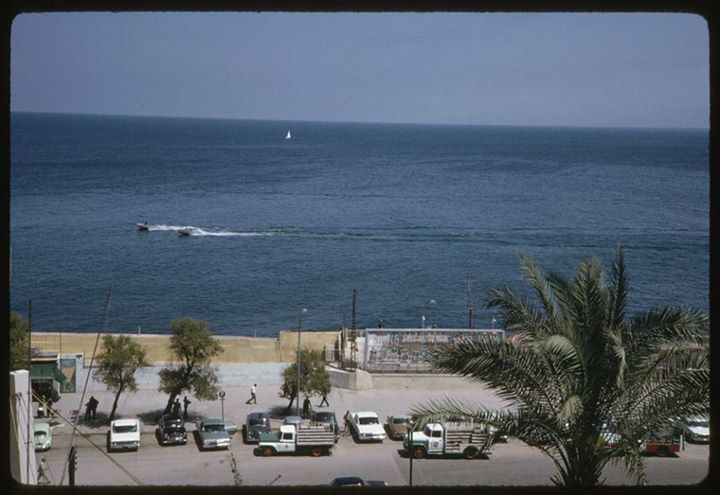
The Business Insider published a nice article two days ago explaining why “Beirut Was Once Known As The Paris Of The Middle East”. They used photos taken by Charles W. Cushman, an avid traveler and amateur photographer who visited Beirut in its golden years. I am familiar with Cushman’s pictures as he had stayed at the famous Excelsior hotel which I researched and posted about earlier this year but I think the author should have looked for better pictures to highlight Beirut’s golden years. Most of Cushman’s pictures were of random people in the street and not of Beirut’s nightlife and extravagant lifestyle that led people to compare it back then to the French capital.
Funnily enough, one of the pictures show a merchant selling Kaak on the street but the author thought they were croissants, hence the comparison to Paris. As we all know, Kaak is a street food that’s very cheap and affordable to all, unlike the croissant.

I will try to collect some old pictures from the 1960s and compile them in a nice post to show why Beirut was truly ‘The Paris Of The Middle East’. You can check out all of Cushman’s pictures [here] and my post on the famous Excelsior hotel that was visited by Iran’s Shah [here].
Beirut experienced a renaissance of sorts in the mid-20th century.
Following World War II, the Lebanese capital became a tourist destination and financial capital, nicknamed “the Paris of the Middle East” thanks to its French influences and vibrant cultural and intellectual life.
That changed when civil war broke out in 1975, ravaging the city. Beirut has been rebuilt in the decades since (despite occasional violence), and is one again becoming a popular place for travelers.
Charles W. Cushman, an avid traveler and amateur photographer, visited Beirut in its heyday in 1965 and captured some stunning photos of everyday life in the city. These photos are being shared with permission from the Indiana University Archives.











[vivafbcomment]